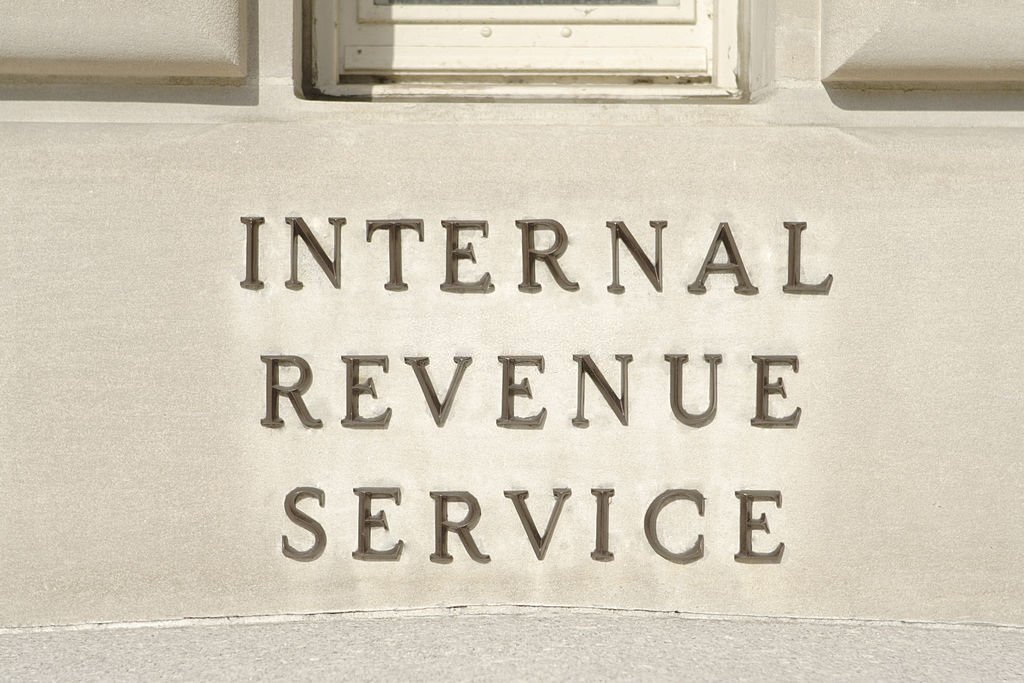By Melissa Angell, Inc. (TNS)
After months of anticipation, small businesses now have a glimpse of what a revamped Internal Revenue Service could look like as the agency begins to transition to a digital-first approach.
The IRS on April 6 released its $80 billion plan to begin the agency’s modernization efforts, which will introduce new digital tools, streamline tax processes, and offer more assistance to taxpayers. Some of the improvements will be gradually introduced over the next 10 years, though the IRS has highlighted that it will focus on getting rid of its paper backlog in the first five years. This is a key issue for the agency: The IRS kicked off 2022 with an unprocessed paper backlog of 11.5 million returns, almost a third of which were original business returns.
The earmarked funds stem from the Inflation Reduction Act and will help the IRS transact with taxpayers more efficiently. As part of that focus on efficiency, the agency has committed to quickly fix taxpayer issues as they emerge—which is pretty noteworthy, says former IRS commissioner Mark Everson.
“This objective is good news for all taxpayers, but particularly for small businesses, who want to be treated fairly by the IRS but don’t want unresolved tax issues hanging over them like a sword of Damocles,” says Everson, who is now the vice chairman at Alliantgroup, a Houston-based tax consulting firm. “It will take time for the service to roll out the contemplated improvements, but we have already seen better phone operations in the current filing season.”
Interacting with the agency should get much easier over the next decade as the plan is implemented. But there are three particular improvements that will make a big difference for small-business owners—and some of them will be rolled out as soon as this year.
1. The path to digital
Thanks to the agency’s digitization effort, entrepreneurs will be able to file all of their tax documents and respond to notices online. For example, a new tool will allow business owners to respond to as many as nine notices online. Normally, if an entrepreneur received a notice for document verification, they’d need to respond via mail. Businesses will now be able to file their Form 1099s online as well. These measures will help the IRS chip away at its paper backlog as the agency pivots to digital.
That’s not all. The agency is already undertaking efforts to simplify tax forms such as Forms 940, 941, and 944, and it will also work to make those forms mobile-friendly.
2. Tax credit assistance
It’s about to get a lot easier for small business owners to claim tax credits. The IRS plans to introduce a “credits and deductions” search tab on the website to help entrepreneurs claim what’s theirs. To put taxpayers on notice, the agency will introduce personalized alerts and partner with nonprofits and other local entities to expand outreach efforts. This marks the first time the agency will offer this type of assistance to business owners.
3. More online service tools
The IRS will introduce new online service tools as soon as this year to ease the tax process for entrepreneurs. In 2023, the agency is launching online business accounts, which will be expanded as the IRS improves its capabilities. By 2024 it will be possible for entrepreneurs to track their refunds and schedule payments. Accessing data and other records, such as business tax transcripts, will also be an option. An added bonus: Business owners will be able to amend processing errors when they file, which can help expedite refunds.
While all of these changes will take time to implement, the good news is that some efforts, such as digital scanning, are already underway. On March 8, the IRS shared that it had scanned more than 120,000 paper Form 940s since the start of the year, which the agency says is a 20-fold uptick compared to 2022 in full. And it only hopes to improve from there—which business owners will surely welcome.
_____
(c) 2023 Mansueto Ventures LLC; Distributed by Tribune Content Agency LLC.
Thanks for reading CPA Practice Advisor!
Subscribe Already registered? Log In
Need more information? Read the FAQs
Tags: IRS, Small Business, Taxes




